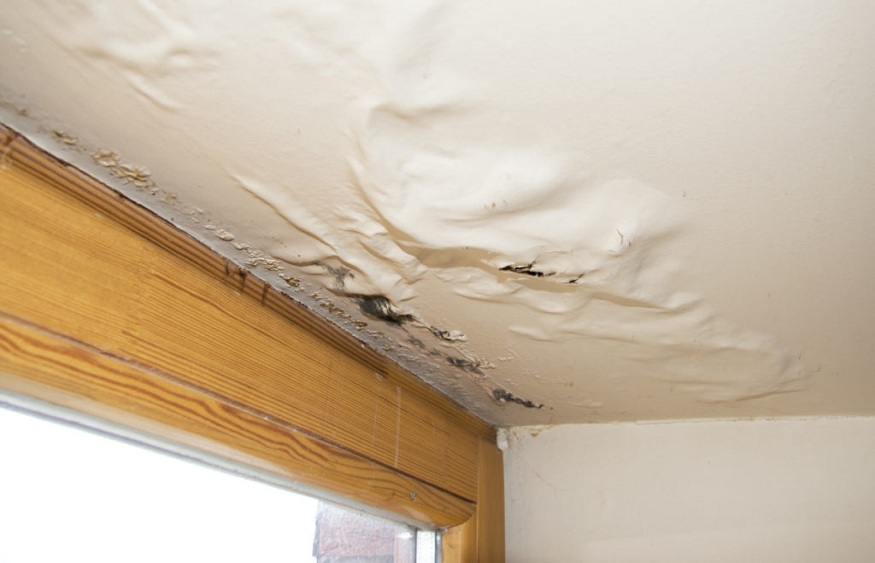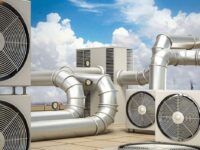The Hidden Culprits. What Causes Water Damage in Homes

Water damage in homes is a common and costly issue that many homeowners in Toronto and beyond face. Whether it’s a minor leak or a major flood, water damage can wreak havoc on your property and result in significant repair costs.
Understanding the hidden culprits behind water damage is crucial for safeguarding your home and preventing costly repairs. In this article, we will delve into the various factors that can cause water damage in homes and explore effective ways to address and repair it.
The Main Culprits
1. Roof Leaks
One of the primary causes of water damage is a leaking roof. Over time, wear and tear, severe weather conditions, or poor maintenance can lead to cracks and openings in your roof. When it rains, water can seep through these openings, causing damage to your ceilings, walls, and insulation. Regular roof inspections and timely repairs can help prevent this issue.
2. Plumbing Problems
Faulty or aging plumbing systems can be a hidden source of water damage. Leaky pipes, burst pipes, and damaged plumbing fixtures can lead to water leaks that can go unnoticed for a long time, causing extensive damage. It’s essential to regularly inspect your plumbing and address any issues promptly to avoid costly repairs.
3. Foundation Cracks
Cracks in your home’s foundation can allow water to infiltrate your basement or crawl space. This can lead to mold growth, structural damage, and a damp, musty smell in your home. Waterproofing your foundation and addressing cracks as soon as they appear can prevent water damage from worsening.
4. Poor Drainage
Improper drainage around your home can lead to water pooling near your foundation or basement. This can result in water seeping into your home and causing damage. Ensure that your property has adequate drainage systems in place to redirect water away from your home’s foundation.
5. Faulty Appliances
Appliances such as washing machines, dishwashers, and water heaters can develop leaks or malfunction, causing water damage. Regularly inspect and maintain your appliances to prevent potential water-related issues.
6. Clogged Gutters
Clogged gutters can lead to water overflowing and spilling down the sides of your home. This excess water can seep into your walls, causing damage and promoting mold growth. Keep your gutters clean and free from debris to ensure proper water drainage.
Preventative Measures
7. Regular Inspections
Regularly inspect your home for signs of water damage, such as water stains, mold growth, or musty odors. Early detection can help prevent extensive damage and costly repairs.
8. Maintenance
Maintain your home’s roof, plumbing, and foundation regularly. Replace damaged roofing materials, fix plumbing leaks, and address foundation cracks promptly.
9. Proper Ventilation
Ensure that your home is adequately ventilated, especially in areas prone to moisture, such as bathrooms and kitchens. Proper ventilation can prevent condensation and mold growth.
10. Exterior Maintenance
Keep your property’s drainage systems, such as gutters and downspouts, clean and in good condition. Ensure that water flows away from your home’s foundation.
How can I prevent water damage in my home?
If you do experience water damage in your Toronto home, it’s essential to address it promptly. Water damage repair in Toronto is a specialized service that can help restore your property and prevent further issues. Professional water damage repair experts have the necessary tools and expertise to assess the extent of the damage and provide effective solutions.
Preventing water damage in your home is essential to protect your property and avoid costly repairs. Here are some practical steps you can take to safeguard your home from potential water damage:
- Regular Maintenance: Schedule routine maintenance for your home’s key components, such as the roof, plumbing system, and appliances. Inspect these areas for any signs of wear and tear, damage, or leaks. Address any issues promptly to prevent them from escalating.
- Gutter Maintenance: Keep your gutters and downspouts clean and free from debris. Clogged gutters can cause water to overflow and seep into your home’s foundation, leading to basement flooding and structural damage.
- Proper Drainage: Ensure that your property has adequate drainage systems in place. Grade the land around your home away from the foundation to prevent water from pooling near it. Consider installing French drains or other drainage solutions if necessary.
- Roof Inspection: Regularly inspect your roof for damaged or missing shingles, cracks, or areas where water could potentially infiltrate. Replace any damaged roofing materials promptly to maintain a watertight seal.
- Plumbing Checks: Routinely check your plumbing for leaks, especially in areas prone to moisture, such as bathrooms and kitchens. Pay attention to any unusual sounds or changes in water pressure, which could indicate a problem.
- Foundation Maintenance: Inspect your home’s foundation for cracks or signs of water intrusion. Address any foundation issues promptly to prevent water from seeping into your basement or crawl space.
- Appliance Care: Maintain your household appliances, such as washing machines, dishwashers, and water heaters. Replace worn-out hoses and valves, and fix any leaks immediately.
- Proper Ventilation: Ensure that your home is adequately ventilated, particularly in areas with high humidity levels. Proper ventilation can prevent condensation, which can contribute to mold growth and water damage.
- Install Sump Pumps: In areas prone to flooding or high groundwater levels, consider installing a sump pump in your basement. A sump pump can help remove excess water and prevent basement flooding during heavy rainfall.
- Landscaping: Be mindful of your landscaping choices. Avoid planting trees or shrubs with invasive root systems near your home’s foundation, as their roots can damage your foundation and create pathways for water to enter.
- Regular Inspections: Periodically inspect your home’s exterior for cracks, gaps, or openings that may allow water to infiltrate. Seal these areas with appropriate caulking or weatherstripping.
- Emergency Preparedness: Have a plan in place for emergencies. Know the location of your main water shut-off valve and how to turn it off in case of a major water leak or flooding.
- Insurance Coverage: Review your homeowner’s insurance policy to ensure it provides adequate coverage for water damage. Consider adding additional coverage if necessary.
Water damage in homes can be caused by various hidden culprits, including roof leaks, plumbing problems, foundation cracks, poor drainage, faulty appliances, and clogged gutters. To protect your home from water damage, it’s crucial to perform regular inspections, maintenance, and address issues promptly. In Toronto, water damage repair services are available to assist homeowners in restoring their properties.





